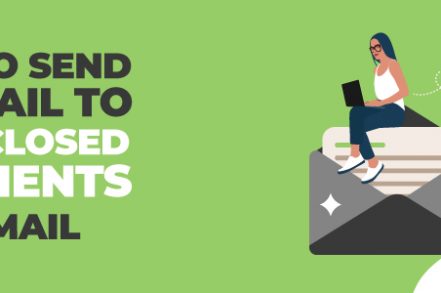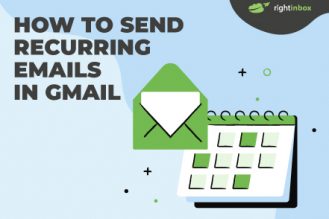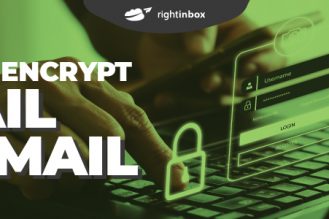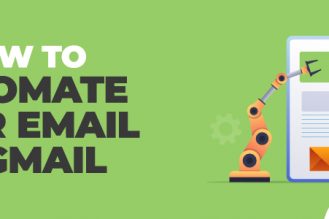Gmail is undoubtedly one of the best email clients on the market today. One of its greatest assets is the number of features it offers (oh, and that it’s free). But lots of features also equals big learning curves.
In this article, we’ll look at how to send to an email undisclosed recipients in Gmail and some reasons for doing so.
What Does Undisclosed Recipient Actually Mean?
You might not realize it, but you probably already have experience with undisclosed recipients.
One example is BCC – you’ve probably used it at some point but just didn’t know the more technical term.
If you haven’t heard of it, BCC stands for “blind carbon copy.” It works similar to when you CC someone into an email – the only difference is that only you can see the list of recipients.
With that in mind, let’s get into why you might want to use undisclosed recipients (or BCC), as well as the benefits and downsides of doing so.
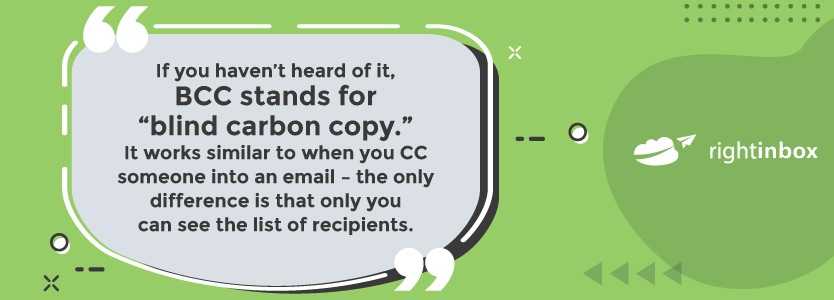
Reasons to Use Undisclosed Recipients in Your Emails
There are several reasons you may want to use BCC. Here are the most common:
- Sending a newsletter when you don’t have access to email marketing software. Not every company has a need for software like Mailchimp. If you only send the odd email, you probably can’t justify the price. In that case, using undisclosed recipients and BCC is an excellent free alternative.
- Sending PR pitches. It’s important to send personalized pitches to journalists in this day and age, but there are times when that just isn’t feasible. Maybe it’s a last-minute pitch, for example. Well, nothing is going to annoy a journalist more than knowing it’s been sent to several people at the same time. In that situation, use BCC.
Step by Step Guide on How to Send an Email to Undisclosed Recipients in Gmail
Sending emails to undisclosed recipients is super simple in Gmail. Here’s how to do it.
Step 1. Log into your Gmail account and then click the Compose button – just like you would for any other email.
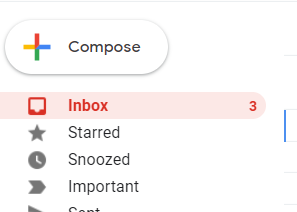
Step 2. In the To: field of the Gmail compose window, type in “undisclosed recipients” and then include your email with angle brackets. We promise this is the most complicated bit. So if your name is Terry Pratchett, and you just happen to work at Discworld, it would look like this: to Undisclosed recipients <terry.pratchett@discworld.com>.

Bonus tip: It doesn’t have to be Undisclosed recipients you type in – you can type in anything. With our friend Terry, he might want to type in “Terry’s Fun and Slightly Odd Book Club.”
Step 3. Click BCC to the right of the message window.
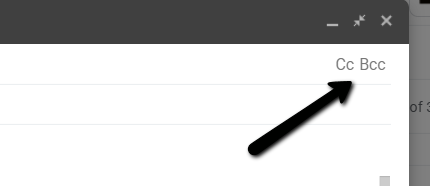
Step 4. That will open a BCC field. You simply need to add all of the recipients that you want to send this message to into that section.

Step 5. Now, you need to add in the subject of your email as well as the body copy. Just like you would in any other email.
Step 6. Press Send. You’re done!
Mail Merging and Undisclosed Recipients
Sending bulk emails to undisclosed recipients has its advantages. You can protect user privacy, negate spammers, and reach all of your intended recipients at once.
However, modern email providers have certain measures in place that could put your ESP in trouble and reduce your delivery rate while increasing the rate at which your emails are considered spam.
One way to get around this is to use an app like Right Inbox. This software lets you send mass emails via mail merge while enjoying a high delivery rate. It also automates the process, saving you hours of drudging work each time you want to perform a mail merge.
Additional benefits of Right Inbox include:
- Map from CSV files to avoid copy and pasting endlessly
- Save templates to send the same message to your list while customizing personal fields like name or address
- Free to install and get started right away
In short, mail merge is better and easier with Right Inbox.
What Are the Benefits of Using BCC and Undisclosed Recipients?
Here are some of the pros of using BCC and undisclosed recipients.
- Spam filters can be a pain. Sure, they’re helpful most of the time, and our lives would be harder without them. But they do get things wrong. Using undisclosed recipients helps bypass the possibility of your email ending up in someone’s junk folder.
- It reduces the risk of spammers getting their hands on the email list. If you’re solely using the To and CC fields, and a spammer finds them, they’ll have access to the entire list of emails. Using BCC prevents that.
- It’s good for privacy. As simple as that. If you use BCC, then everyone’s email is hidden from all other recipients. This then makes it a good option for group emails where you don’t necessarily want everyone to have access to others’ emails.
Are There Any Downsides?
There are downsides with everything, right? Here are the cons of using BCC.
- When someone accidentally presses the reply-all button. This does happen, and as soon as it does, their response will be shared with every email in the BCC section of the email. Not only can this cause issues with people seeing messages that were not intended for them, but it’s technically an unintentional breach of security for that sender. It also means that there could be loads of unrelated emails flooding other people’s inboxes – and who has time to deal with that?
- It’s not that professional. Undisclosed recipients still know they are on a list with other people, and they have no idea who. That’s when the human brain kicks into overdrive. Who are they? Why don’t I know who they are? Is somebody trying to hide something from me? You don’t want to arouse suspicion and have people questioning why you used BCC.
- There is no way to personalize the email. Here at Right Inbox, we’re passionate about personalization (it’s why we create some of our most popular features). BCC doesn’t allow for any personalization at all. Why? The answer is pretty simple. If there were personalized parts of the email, people would receive the information you are trying to hide. Why BCC if you’re going to mention people’s names in the email?
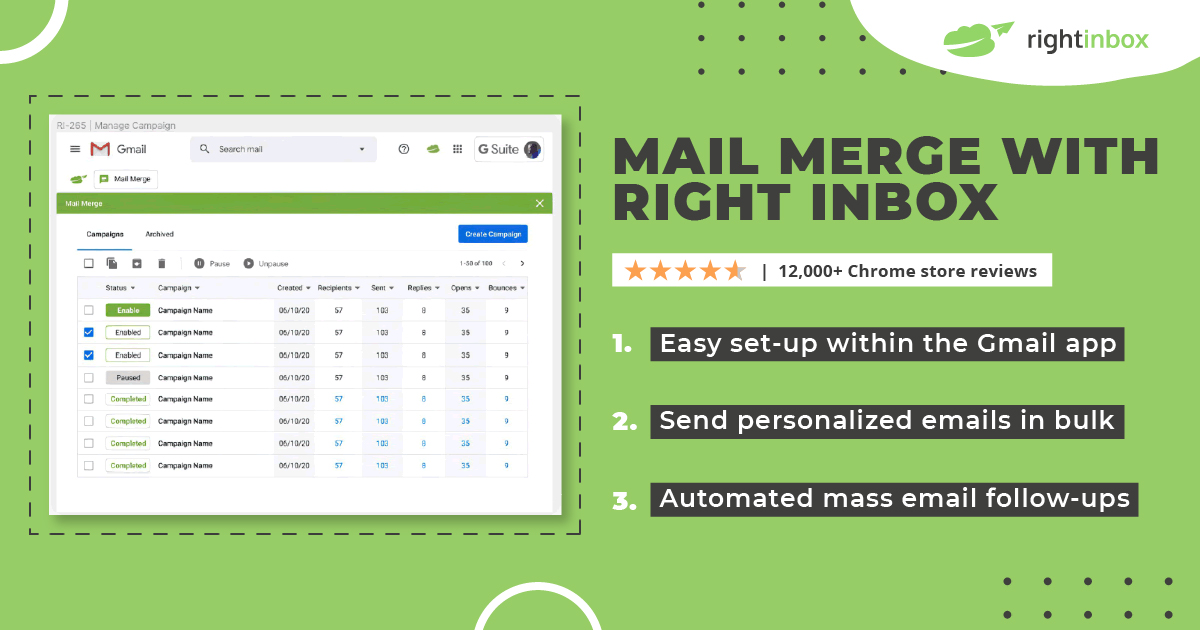
And there you have it – sending to undisclosed recipients isn’t always recommended, but it’s simple to do if you ever need to.
Undisclosed Recipients In Gmail — Frequently Asked Questions (FAQs)
How do you send an email to undisclosed recipients in Gmail?
Luckily, using the BCC feature in Gmail you can send an email to multiple recipients. However, unlike with the CC options the other recipients cannot see anyone who was BCC’ed on the email.
When should you use BCC?
Sometimes, spammers will hop on a group list in order to spam everyone else there. In that sense, using BCC hides the other recipients from this spammer to protect their identity and your reputation.
When should you avoid BCC?
If someone finds out that you are BCC’ing others on the email without their knowledge, it could get tricky. It can be seen as unprofessional or even sneaky.
Can you personalize emails to undisclosed recipients?
When using BCC in Gmail, you are not able to customize the emails to unlisted recipients. Consider which is more important to you when adding list members to CC or BCC — personalization or security.
Track emails, email reminders & templates in Gmail for free
Upgrade Gmail with the features it’s missing
Add to GmailDavid Campbell
David Campbell is the editor of the Right Inbox blog. He is passionate about email productivity and getting more done in less time.
